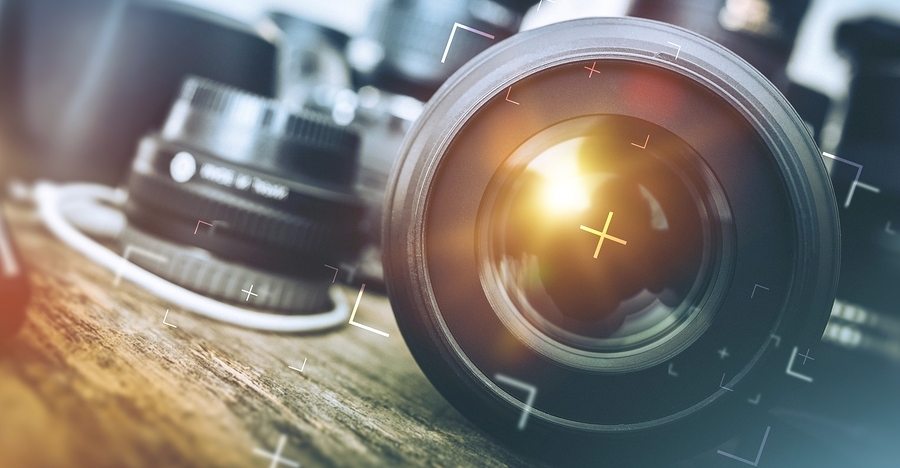We found an article by photographer Keenan Hastings over at PetaPixel.
He is using a $500 kit for paid photoshoots and it does an excellent job, but it seems some people can’t take him seriously when they see the gear he’s working with. What kind of a camera and lens do you think a professional photographer should carry?
Recently I was at a paid gig and someone stopped me and said: “Oh my, is that the Sony?”. I looked at them, smiled, and said: “Yes, it is”. They asked if they could hold it, and though I was working I figured, why not. I took the camera off my wrist, handed it over and they said: “It’s so light, it’s so cute. I’ve been thinking about picking one up”.
I went on to explain that it is in fact light compared to most cameras, I then said that it wasn’t the full frame version, that this was actually APS-C unit. When I said that they stopped smiling, they looked at me as if I had tricked them into thinking I owned this great camera, but really I didn’t.
I was then interrupted mid-sentence and my camera was handed back to me. She looked up and said, “Oh, I was thinking of getting the more professional one”. I walked away, baffled.
Learn First, Buy Later
Learn about the equipment first, this means figuring out what all the dials mean, figuring out what high ISO is, asking yourself do you need 4K, don’t just buy equipment based on the headlines. Of course, I’m a hypocrite — I didn’t follow this advice at all. I bought everything that was sent my way. This process wasn’t wrong, but it wasn’t the right time. One of my first kits consisted of the Canon 60D and the Sigma 18-35mm. Everyone on the Internet talked about how groundbreaking this lens was… So I had to have it. I kept hearing them preach about the constant f/1.8, I picked it up as soon as it released.
Keenan, you didn’t even know the difference between JPEG and RAW. Keenan you had no idea what to set the aspect ratio too. Keenan, you shot in Auto so you couldn’t figure out why the Sigma 18-35mm shot on random apertures at times. Keenan you shot a portrait at 20mm and wondered why her hands looked so big. Keenan, you thought everything was supposed to be shot at f/1.8.
Understand What You Need, Not What You Want
Today there are a lot of lenses I want. The Sony 18-105mm f/4 seems promising and obviously any of the higher end Art series lenses from Sigma, the 20mm and 35mm topping my list. I could honestly justify reasons to pick them up as well. I do event photography, so would the Sony 18-105 make my job easier? Of course.
In the past, that’s how I would ask that question. Would this make my job easier and then I’d buy anything that I could answer yes too. But today I take a different approach, I now ask the question in a different way: Can I complete this job without a new lens? If the answer is yes I steer clear. Again understand what you need, not what you want.
Never Let Other Photographers Influence You
So at the end of the day what am I really saying? I’m not telling anyone to sell their expensive gear and to go buy a sh**ty camera with a lens. I’m not trying to justify my kit and make myself feel better. I’m simply saying that in photography there will always be something better than what you have.
You can’t let your yearning for something new or cool kill your creative process. If you have the money and the need for an Art or L lenses, by all means buy them — they’re fantastic. But if your budget is more on the consumer side, then those “lesser” lenses are equally as good if you put in the time and effort to really master them.
Read the full article over at PetaPixel.
Source: PetaPixel

